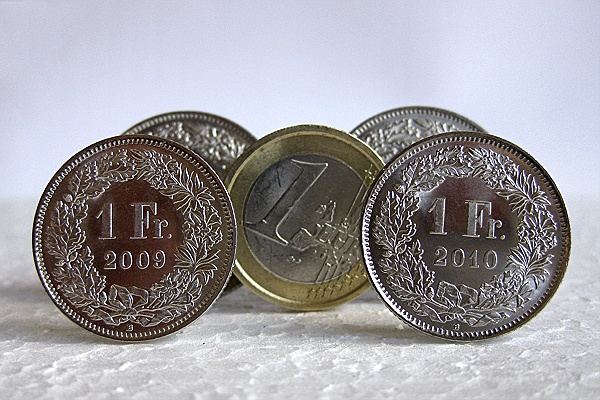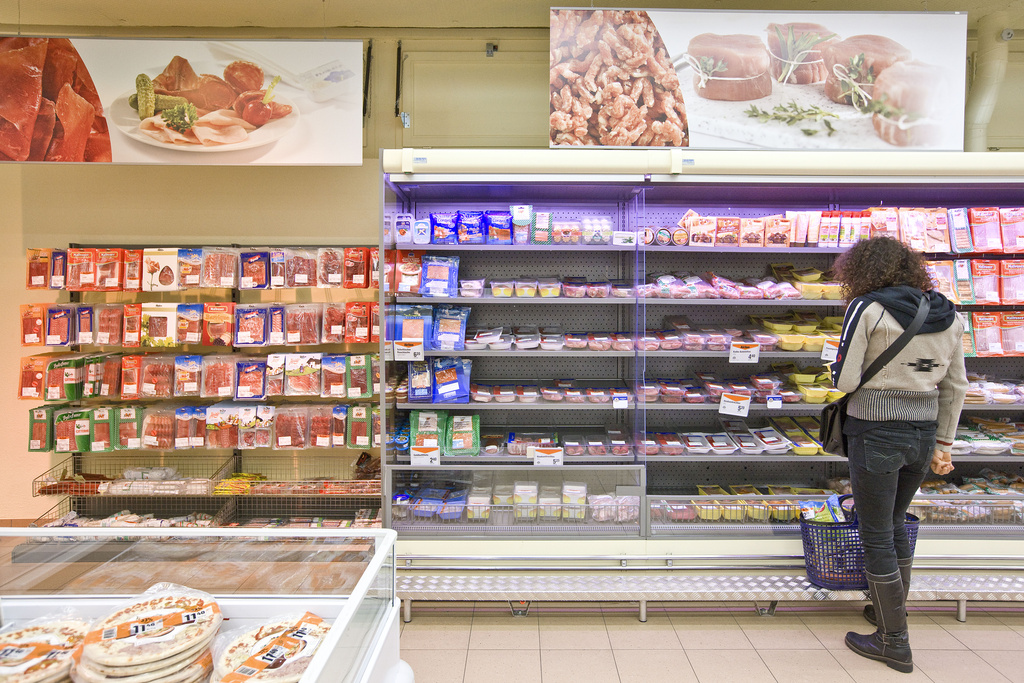Pressure on franc expected to remain next year

Swiss exporters and the tourist industry expect to feel more pain next year as the safe haven franc retains its strength against major currencies.
But with Switzerland poised to hike its contribution to the International Monetary Fund’s (IMF) bail-out kitty, economists do not believe conditions will get worse than the recent record high of SFr1.2457 recorded against the euro.
The Swiss franc has acted as a safe haven currency throughout the financial crisis, global recession and European sovereign debt worries.
A year ago, it took SFr1.50 to buy a single euro while the United States dollar was valued higher than the Swiss national currency. But in recent weeks the franc has traded at SFr1.30 or below against the euro and has been worth more than the dollar since the start of September.
The result of this exchange rate volatility has been dramatic for both Swiss companies that sell their goods abroad – mainly to Europe – and the tourism sector that faces the pressure of Switzerland being a more expensive place to visit.
It is now 15 per cent more expensive for eurozone visitors in Switzerland than it was a year ago. Swiss Tourism therefore expects four to five per cent fewer overnight stays from European visitors next year, especially from Germany.
Bail-out fears
Economists have forecast more or less a status quo of currency exchange rates against the franc in 2011.
Bank Sarasin is the most pessimistic of experts surveyed by swissinfo.ch, predicting that the franc will trade at SFr1.25 against the euro in the first half of the year before picking up to SFr1.30. The forecast for the dollar is more positive with an end-of-year 2011 prediction of SFr1.08 against the greenback compared with SFr0.96 at present.
Sarasin economist Ursina Kubli believes debt fears over some European countries, notably Portugal, may lead to further bail-outs to add to Greece and Ireland this year.
“We expect the euro to weaken in the first half of next year because sovereign debt worries will not cool down,” she told swissinfo.ch.
UBS’s Thomas Flury is more optimistic about the prospects of the euro. UBS predicts the franc will be worth SFr1.33 by the end of 2011 and SFr0.96 against the dollar.
Dollar pressure?
Many Swiss exporters have hedged their eurozone losses by diversifying into Asia, the Middle East and Latin America. But Flury pointed out that some of these currencies have also lost ground against the franc in recent weeks.
Julius Bär is more concerned about the dollar next year with David Kohl forecasting that pessimistic attention will switch from the euro to the greenback.
“We expect renewed speculation in around three months that the [US] Federal Reserve will resort to a further round of quantitative easing [injecting more money into the economy],” Kohl told swissinfo.ch. “This could ease pressure on the euro and weaken the dollar.”
Julius Bär predicts a SFr1.30 exchange rate against the euro and SFr0.97-0.98 against the dollar by the end of 2011.
One measure that may help weak currencies, particularly the euro, is a plan to massively increase the IMF’s bail-out fund from around $50 billion (SFr48 billion) to $540 billion.
The Swiss government wants to increase the central bank’s contribution from SFr2.5 billion to SFr16.5 billion. The proposal passed in the Senate this month but the House of Representatives has to meet next year to cast its vote.
IMF fund
Economists believe the increase can only help to prop up the euro, but not all are convinced it would have a massive impact, particularly if ratings agencies downgrade European countries as expected.
“No matter how much money the IMF has, it will not help the euro in the face of continuous bad news, particularly on the ratings side,” Kohl told swissinfo.ch. But he added that European governments were at least moving in the right direction to solve the debt crisis, albeit slowly.
Thomas Flury also believes the IMF Special Drawing Rights fund, which allows struggling countries to take out loans, has its limitations.
“This would only decrease the short-term heat as countries would have to pay back these loans,” he told swissinfo.ch. “The only long-term solution is to come up with better risk management strategies across Europe to stop banks taking on too much debt.”
The IMF Special Drawing Rights fund (SDR) was created in 1969 to supplement the reserves of its member states.
The fund only exists on paper as it represents a promise by member states to provide cash when it is needed.
The value of the SDR was initially aligned to the Bretton Woods gold standard currency exchange rate system.
Since the collapse of Bretton Woods, the SDR has been valued according to the values of a basket of currencies – at the moment the euro, dollar, Japanese yen and pound sterling.
It currently stands at SDR34 billion (roughly $50 billion or SFr48 billion). The IMF wants to boost the fund nearly tenfold to SDR367 billion or $540 billion.
Funds can be distributed to ailing economies either by a voluntary exchange of SDRs from one member state to another or by the IMF directing a stronger economy to give SDRs to a weaker one.
As a member state of the IMF, Switzerland currently contributes SDR1.54 billion (SFr2.5 billion). The plan is to increase this contribution to SDR10.9 billion (SFr16.5 billion).

In compliance with the JTI standards
More: SWI swissinfo.ch certified by the Journalism Trust Initiative













You can find an overview of ongoing debates with our journalists here . Please join us!
If you want to start a conversation about a topic raised in this article or want to report factual errors, email us at english@swissinfo.ch.